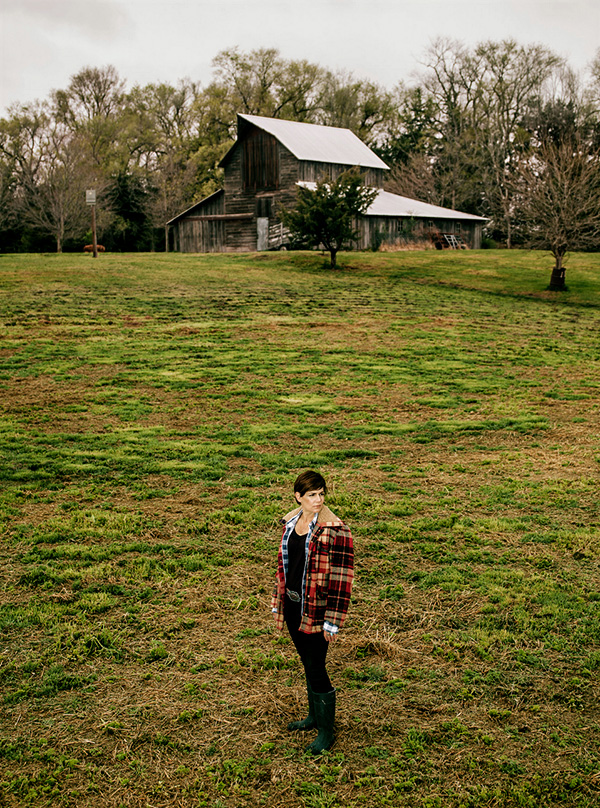Donate $10 to support Bold Nebraska’s work.


Terry Van Housen had a question. What he wanted to know from the 30 or so other Nebraska farmers and ranchers gathered in February at the York Community Center was this: What do you do with 10,000 dead cows?
That was the number of cattle Van Housen figured could be at risk if the Obama administration permitted the proposed 1,700-mile XL leg of the Keystone pipeline to cut across their state. Bulldozers would dig a trench not far from Van Housen’s feedlot, completing the final phase of the Keystone project and streamlining the current flow of oil from the bitumen mines of Northern Alberta toward refineries on the Gulf Coast of Texas. If the pipe were to leak, Van Housen said, his cattle could die.
“Can we put [those cows] on trucks and send them to Canada?” suggested Max Nelson, a stooped retired rancher who raised his hand every 10 minutes to pose other hypothetical disasters: a spill polluting the water supply of West Omaha, say, or compromising the hydroelectric dams on the Platte River.
Continue reading on the New York Times site »





